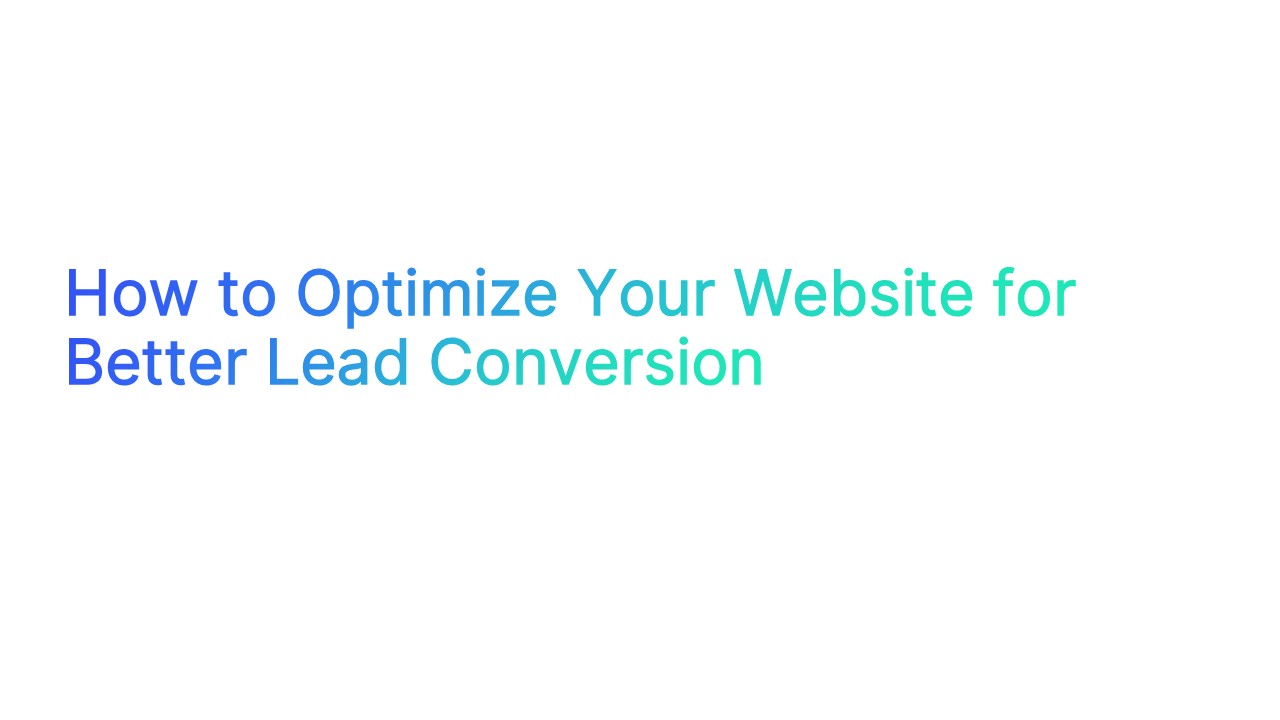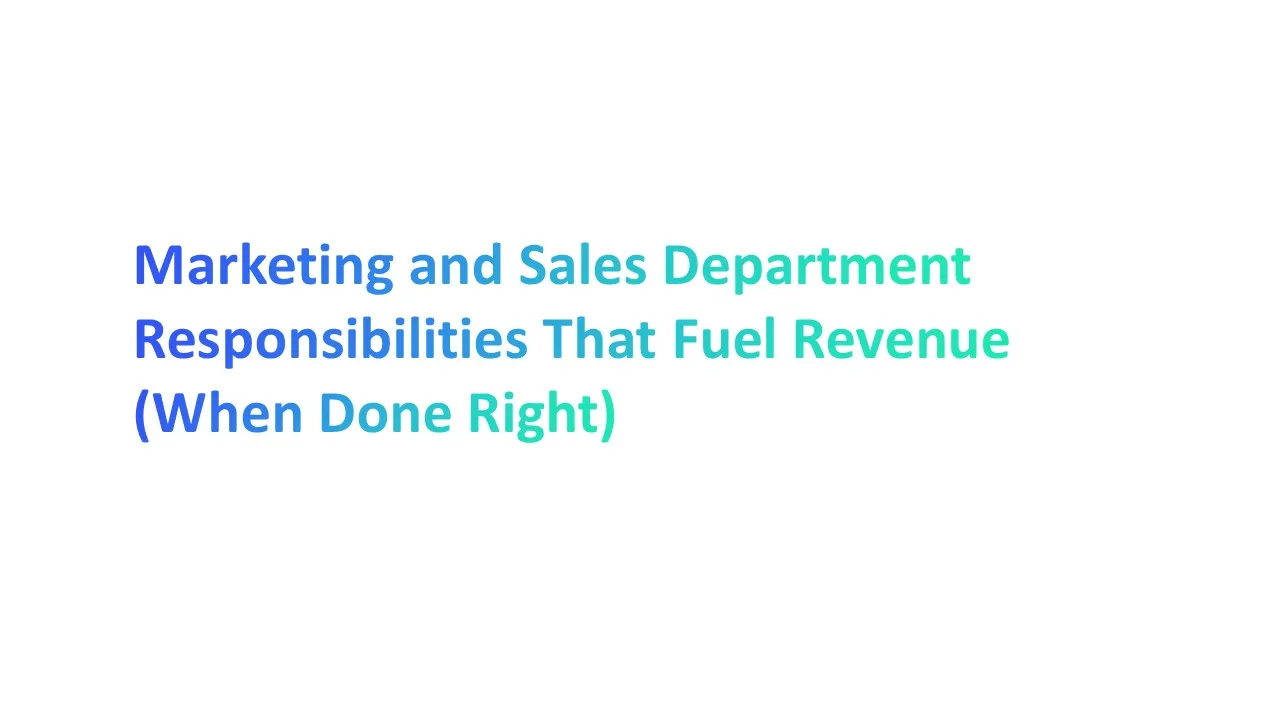Website optimization plays a crucial role in converting visitors into leads.
When you make a customer's journey smoother, they engage more and are more likely to take the steps you want. The difference between a site that converts and one that doesn't often lies in the details. Small tweaks to design, content, and user experience can dramatically boost your conversion rates.
Let's talk sales.
We'll find out how to get more customers. WordPress hosting provides the reliable foundation needed for a high-performing website that keeps visitors engaged. Watching how people use things, constantly upgrading what we share, and refining the look are all critical moves. Every part works in sync, gently leading future buyers to take their next step.
Understanding User Behavior
Identifying user behavior is the first step in optimization. Looking at the facts shows us what draws people in and what makes them click away. Watching clicks, time spent, and user paths gives us a fundamental understanding. Recognizing popular content can guide enhancements. Getting more people to buy or sign up —and keeping them truly interested —often comes down to one thing: really understanding what your audience wants. Once a business grasps those desires, it can adjust its entire strategy to match them perfectly.
Improving Content Quality
High-quality content is essential for maintaining visitor interest. The material must directly connect with your current needs, deliver clear, helpful knowledge, and hold your attention from beginning to end. Strong words and great pictures make any message hit harder. We update often, so you always get good info. Put your audience's desires first. Your words gain real power, gently leading people to take action, like making a purchase. The best writing isn't just pretty; it solves real puzzles and fixes snags. That's what gets people to actually do things.
Optimizing Website Design
A well-designed website is appealing and functional. Good looks and simple use make all the difference. A messy page makes people leave fast. But a clean, simple design invites them to stick around and look closer. Just think about it: nearly everyone pulls up websites on their phone. So, your site has to display perfectly and be easy to use on those smaller screens. A website that adjusts to any screen makes visitors happy and more likely to buy.
Enhancing Call-to-Action Elements
Calls to action (CTAs) guide users toward taking specific steps. These elements must be clear, concise, and strategically placed. A powerful CTA grabs attention and sparks a quick response. Changing your words and where they sit often brings in more buyers. When your call to action speaks directly to visitors, they're much more likely to interact and become real prospects.
Analyzing Metrics for Continuous Improvement
Checking the numbers is how we keep making things better, little by little.
Examining key data points—such as visitor exits and successful conversions—illuminates the full operational landscape. According to the U.S. Small Business Administration, tracking customer behavior and conversion metrics is essential for business growth. When you check your work often, you quickly spot what needs a tweak. Businesses that see what's popular can quickly reshape their operations to give customers what they want. Checking our work often keeps improvements pointed at our main goals.
Building Trust With Visitors
Trust is integral to lead conversion.
Making your contact info easy to find and sharing customer reviews make people trust you. A secure website with visible security badges reassures visitors. When a business operates with complete candor, it establishes a bedrock of confidence with its clientele. This credibility naturally inspires greater participation. When people feel confident in the treatment they receive, businesses see increased sales and loyal fans.
Speeding Up Page Load Times
Fast-loading pages improve user satisfaction. Nobody likes waiting for a website to load; slow speeds often send people away quickly. Optimizing images, leveraging browser caching, and minimizing redirects are effective techniques. Optimal page loading directly influences visitor dwell time and promotes broader content interaction. When your website loads quickly, people have a much better time browsing. Such behavior naturally leads to more sales and keeps them interacting longer.
Personalizing User Experience
Personalization creates a more engaging experience for visitors. Tailoring content and recommendations based on user behavior enhances relevance. Custom hellos, special deals, and specific info really show people you care. When businesses really understand what each person likes, they can give them experiences that feel just right and truly connect. Getting the small things right gets people to act. It builds stronger bonds and brings in more sales.
Utilizing Social Proof
Social proof is a powerful tool in influencing decisions. Displaying reviews, ratings, and testimonials provides evidence of satisfaction. When folks see glowing recommendations, they're much more likely to choose you. Sharing praise builds trust. Sharing what satisfied customers say creates a bond of trust and belonging. Such feedback often persuades more website visitors to become customers.
Conclusion
Making a website convert more visitors into customers happens when you dig into what people want, sharpen your message, and make the design really pop. Businesses build a strong, appealing online presence when they hit these key points. You must always check and adjust your plans to keep them sharp. Getting sales means building trust, acting fast, and making each experience feel personal. Putting in this work creates genuine connections. People feel seen, customers are delighted, and your company naturally expands its reach.








